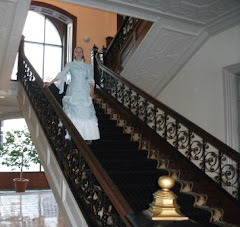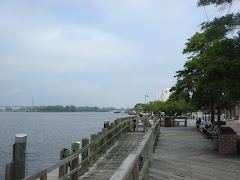A Chronology of the Cape Fear…
Cape-Fear
Navigation Company.
------
THE Directors of the Cape Fear Navigation Company, having in discharge of the duties of their appointment, provided Boats, Flats and all necessary fixtures to enable them to carry into effect the provisions of their Charter, and having nearly expended in the purchase of young prime negroes, the balance of the first Instalment on the Stock, are compelled to call on the Stockholders for an additional payment on their respective Shares. They trust, that with the aid of the present requisition, they will be enabled to make not only a profitable advance, towards the clearing of the North West Branch of Cape Fear, from Fayetteville to Wilmington, but such an one as will insure the patronage and interest of the Public at large.
The little, that the shortness of the time since they prepared for work, has permitted to be done, justifiey ### ### to the Stockholders that the result of their exertions will be beneficial.
They therefore give NOTICE, That an instalment of Ten Dollars on each and every share held in the Cape Fear Navigation Company, will be payable to the Treasurer in Fayetteville, on the first Monday in November next, who will on the receipt thereof issue the necessary Scrip.
The STOCKHOLDERS will observe that a forfeiture of Shares is provided for by Charter in case of non payment agreeably to Notice.
By Order of the Board of Directors,
J. W. Wright, Treasurer.
Fayetteville, Sept. 28. 34 5
------
Stock for Sale.
Cape-Fear Navigation
Stock, offered.
Enquire of the Printer.
October 10, 1816 35tf
[The American – Fayetteville, N. C. – Thursday October 17, 1816]













